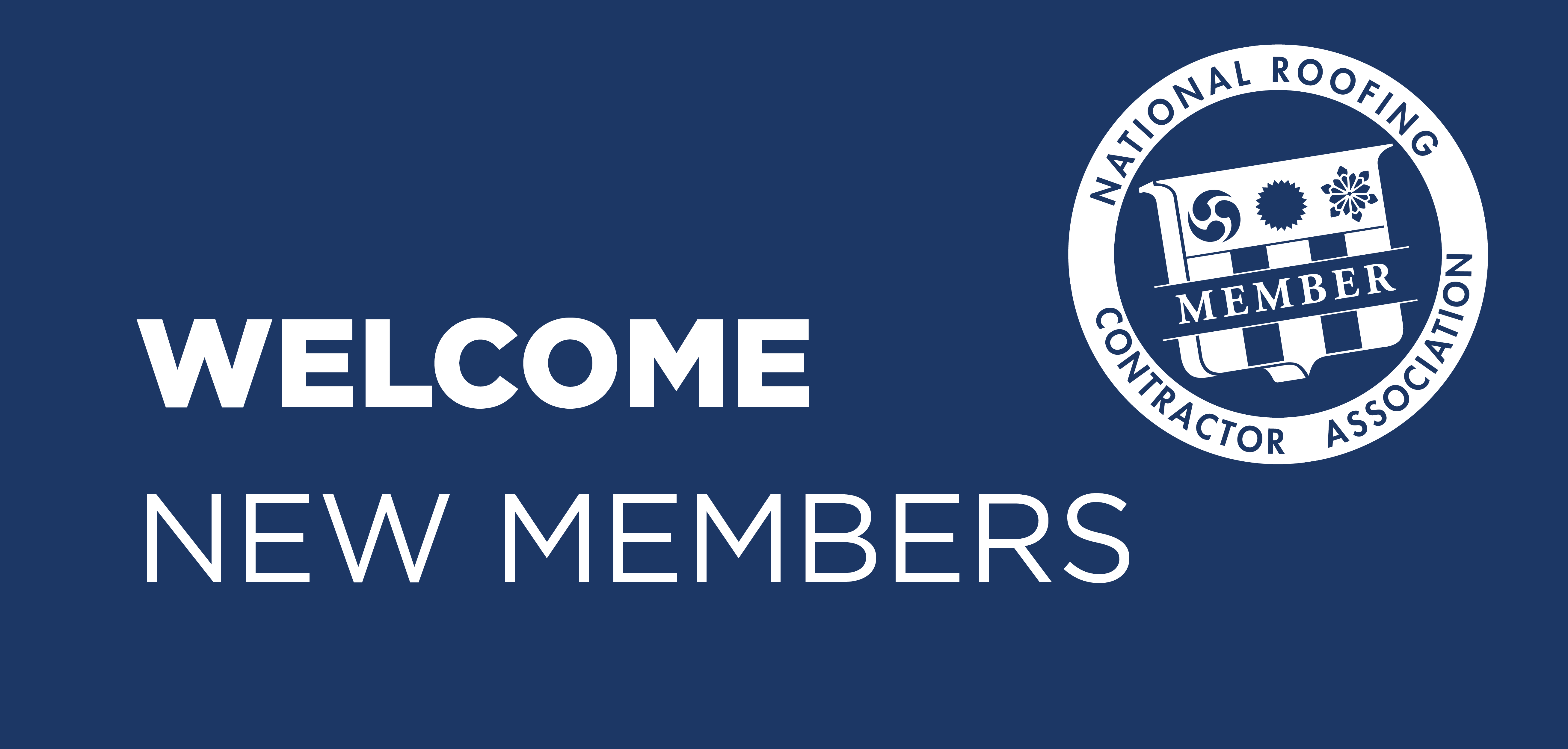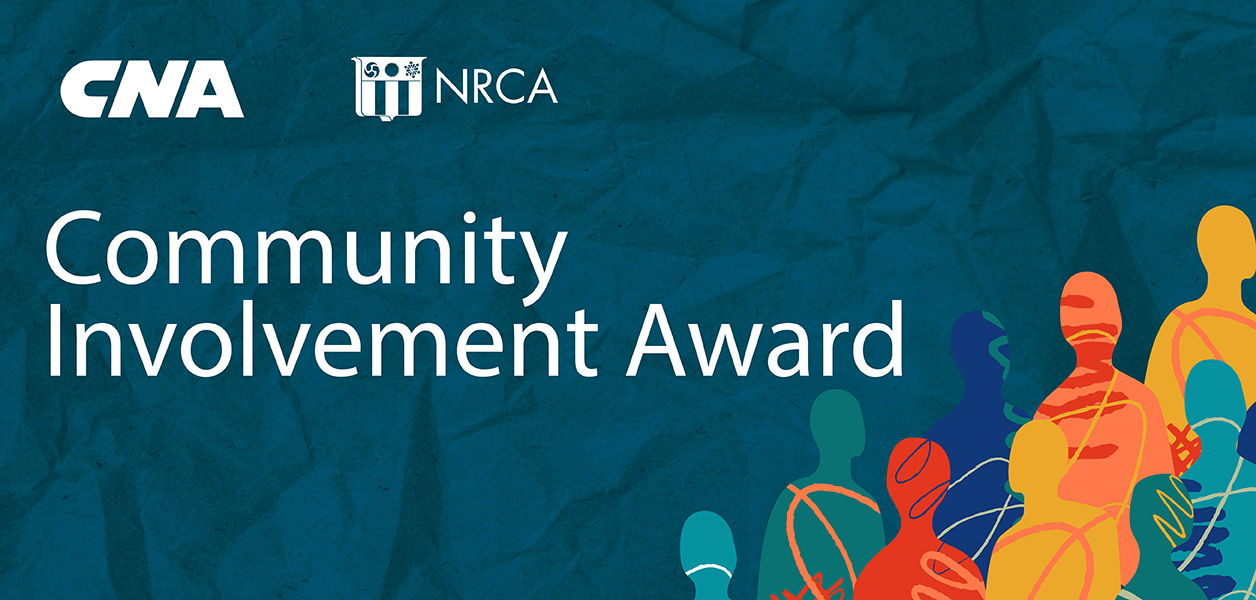The American Society of Safety Professionals has published the first national voluntary consensus standard addressing heat stress for workers in construction and demolition operations, according to the ASSP website. Hundreds of thousands of workers frequently face outdoor hazards such as high heat and humidity.
ANSI/ASSP A10.50-2024, Heat Stress Management in Construction and Demolition Operations, offers guidance regarding protecting workers; explains how to acclimate workers to high heat conditions; and provides requirements for training employees and supervisors. The standard includes checklists and flowcharts designed to help companies develop clear, effective heat stress management programs that bridge the regulatory gap.
“This new industry consensus standard is an important development because there is no federal regulation focused on heat stress,” said ASSP President Jim Thornton, CSP, CIH, FASSP, FAIHA. “Employers need expert guidance on how to manage heat-related risks. They must have the tools and resources to identify and help prevent work hazards before an incident occurs.”
The A10.50 standard identifies engineering and administrative controls a company can implement to ensure workers get proper rest, water breaks and shade while still meeting business needs. Recommendations such as medical monitoring and using a buddy system can reduce risks and help prevent heat-related illnesses in many work environments.
The effects of heat stress can range from mild symptoms such as heat rash and heat cramps to severe conditions such as heat exhaustion and heat stroke, which can be fatal. The standard includes a detailed emergency response plan if a worker has a severe reaction to excessive heat.
NRCA was part of the A10.50 subcommittee that wrote the standard; the subcommittee consisted of 30 safety and health experts from businesses, trade unions, consulting firms, universities and government agencies. The process took three years.
Voluntary consensus standards provide the latest expert guidance and fill gaps where federal standards do not exist.





